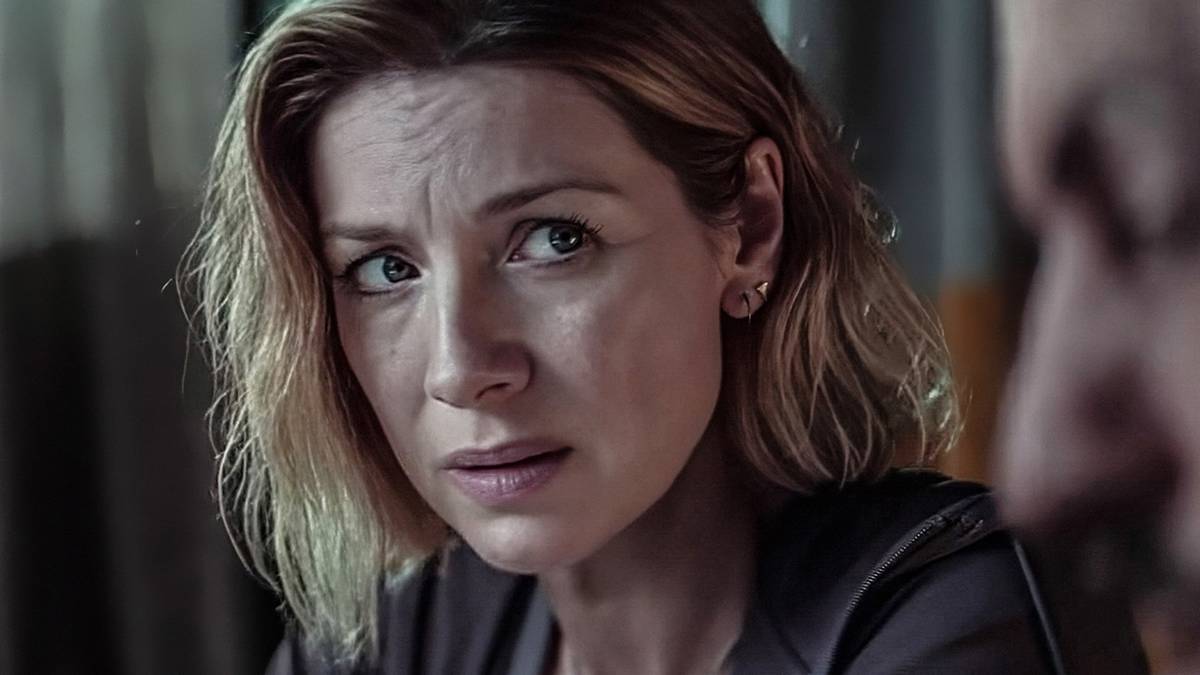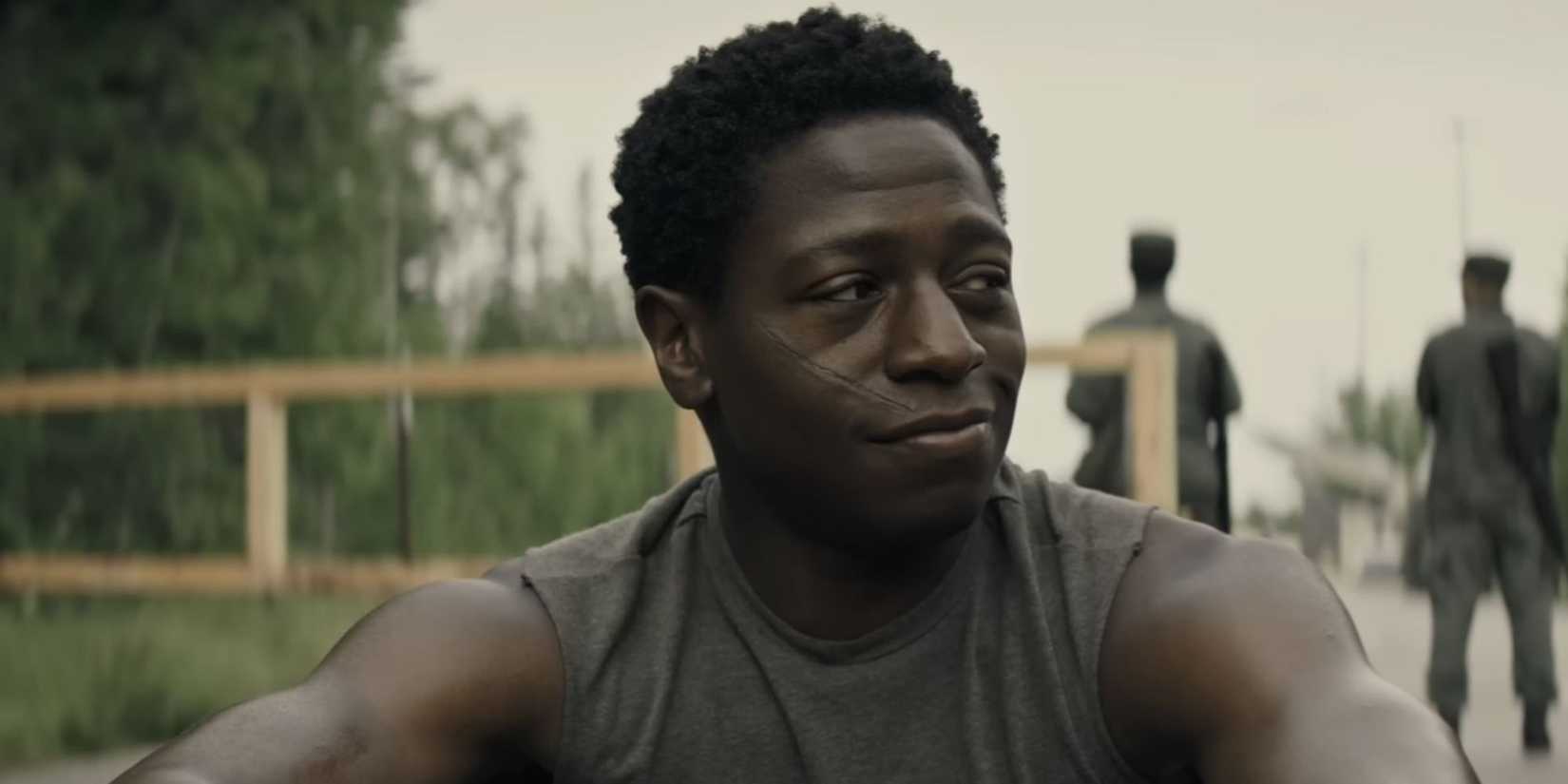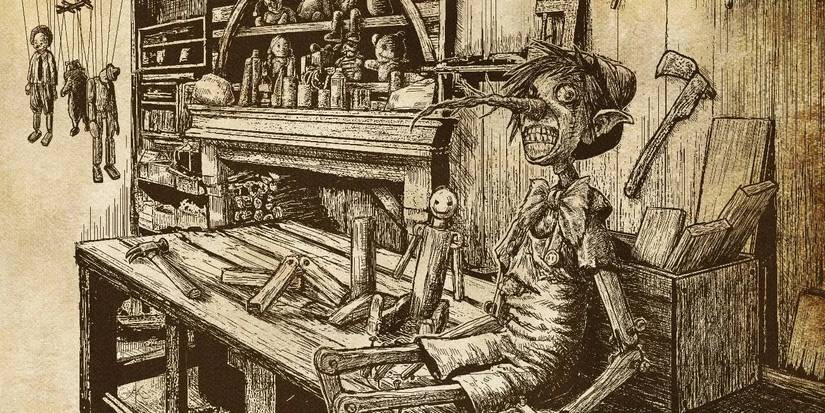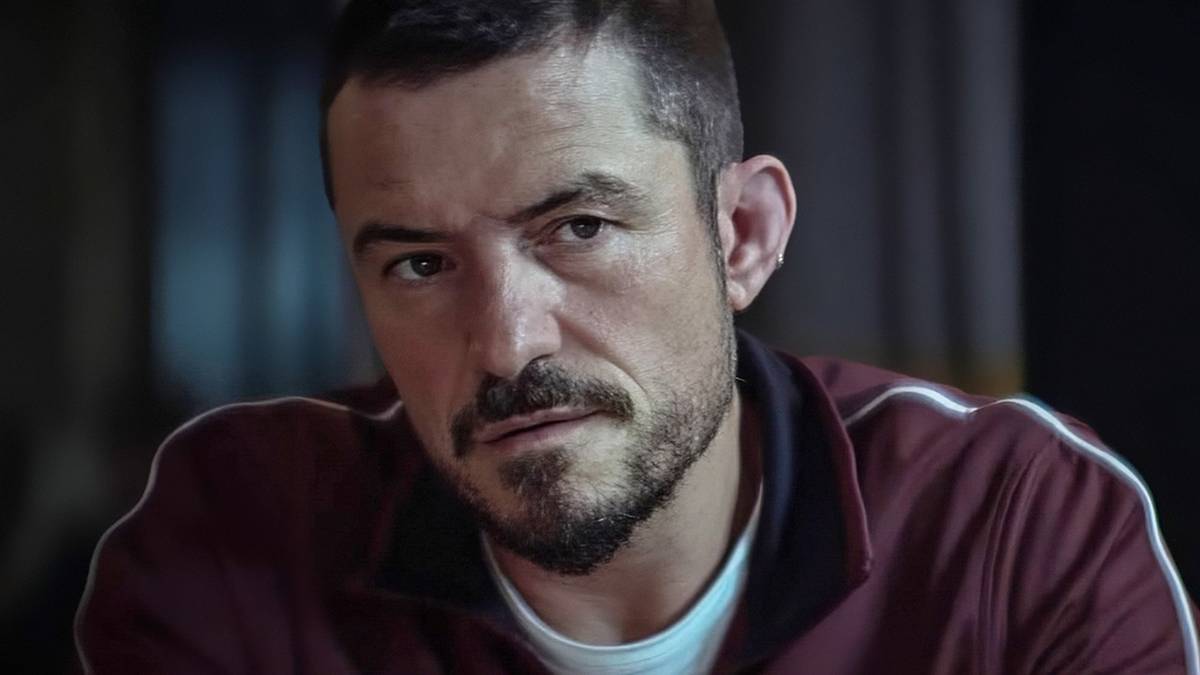Warning! Spoilers for Sunrise on the Reaping ahead!
Sunrise on the Reaping was a frustrating reminder that a particular death in The Hunger Games just didn’t cut it. This most recent prequel novel by author Suzanne Collins was set during the 50th Hunger Games, which was when Haymitch Abernathy was crowned victor. Like The Ballad of Songbirds and Snakes (the prequel following President Snow), this 2025 novel retroactively added context to characters and details from Katniss’ Hunger Games story. However, this time around, Collins really leaned all in on the cruelty and devastation of the Capitol.
Though the Hunger Games books revealed that Haymitch won the 50th Hunger Games by taking advantage of the arena and was, therefore, severely punished by President Snow, Sunrise on the Reaping dove far deeper. As it turns out, we didn’t know the half of it. The footage Katniss saw in Catching Fire was doctored to omit Haymitch’s most rebellious moments in the arena. Additionally, the story Haymitch told his mentees about how his family and girlfriend were killed significantly undersold the tragedy. By the time I finished Sunrise on the Reaping, I was ready to see Snow meet a terrible, bloody end.
Sunrise On The Reaping Is A Devastating Reminder Of President Snow’s Cruelty
Suzanne Collins Held Nothing Back
We already knew President Coriolanus Snow was cruel and sick, but Sunrise on the Reaping took things so much further. The first devastating reminder came when Haymitch’s little District 12 ally, Louella, was killed during the tribute parade leading up to the Games. Snow took another little girl, whom Haymitch called Lou Lou, and had her surgically altered to look like Louella. He fitted her with an implanted pump that would dose her with drugs and poison and a bug in her ear to feed her lines. All of this was done only to keep people from discovering the Capitol’s incompetence.
The disturbing Lou Lou situation was bad enough, but Sunrise on the Reaping gave Snow his most terrible moment at the book’s end. We already knew that Haymitch’s girl, Lenore Dove, would die, but it was the way that Snow killed her that was truly terrible. The president planted poisoned gumdrops in Lenore Dove’s valley, and Haymitch unwittingly fed her one himself before he realized the terrible truth. The Hunger Games character held his love in his arms while she died and had to live on, knowing it had been his fault. After reading this, all I wanted was to find justice by reading Snow’s Mockingjay death all over again, but it really doesn’t cut it.
President Snow’s Death Was Overshadowed In Mockingjay
Snow Deserved Far Worse
It would be challenging to read Sunrise on the Reaping without developing a renewed hatred for President Snow. He did plenty of terrible things in The Hunger Games, but after all these years, it’s easy to become desensitized to the antagonist’s cruelty. Haymitch’s story brought the pain of it all rushing back. Unfortunately, Snow’s disturbing actions in Sunrise on the Reaping are a frustrating reminder that his eventual death in Mockingjay was not nearly as satisfying as it should have been. President Coin’s execution ultimately overshadowed it.
It was an impactful ending, but it meant there was no glorious moment in which readers (or movie viewers) saw justice served against Snow. He died out of sight while in a fit of laughter.
In Mockingjay, President Coin used Panem’s anger toward Snow as a convenient distraction. She expected everyone to be too eager to punish the dictator and his accomplices to notice that she was setting herself up to fit Snow’s mold. Of course, Katniss Everdeen noticed. She put aside her burning desire to get revenge on President Snow and killed Coin instead. It was an impactful ending, but it meant there was no glorious moment in which readers (or movie viewers) saw justice served against Snow. He died out of sight while in a fit of laughter.
After Sunrise on the Reaping, that simply isn’t enough. It’s frustrating to be reminded of just how terrible a character he was, only to remember that his death isn’t the ultimate focus of Mockingjay‘s ending. Of course, this was very purposely done. Collins’ Hunger Games ending emphasized that getting revenge on Snow wouldn’t stop the corruption in Panem. The lesson is important, but it’s a little tougher to swallow after Sunrise on the Reaping.
Snow’s Crimes In Sunrise On The Reaping Were Necessary After Ballad Of Songbirds & Snakes
Suzanne Collins Made Sure We Didn’t Misunderstand Snow’s Morality
Though Sunrise on the Reaping effectively broke my heart, I have to admit that it was a deeply valuable installment in the Hunger Games franchise. This reminder of just how terrible Snow was further emphasized the necessity for the rebellion during Katniss’ time, as well as driving home the lesson Coin’s execution was meant to present. However, it seems that Sunrise on the Reaping was Collins’ response to the feedback surrounding Snow’s story in The Ballad of Songbirds and Snakes.
Sunrise on the Reaping was a necessary way to set the record straight. Snow is irredeemable.
Villain prequels are a common trend in media lately, and these projects often attempt to retroactively garner sympathy for the antagonist. However, this wasn’t the purpose of The Ballad of Songbirds and Snakes. It’s clear in the book that Snow was deeply damaged from the time he was a young boy, and though there were moments he could have almost been good, he ultimately chose to be a monster. However, actor Tom Blyth’s performance in the movie earned Coriolanus Snow some fans. Audiences sympathized with him despite his cruelty. Sunrise on the Reaping was a necessary way to set the record straight. Snow is irredeemable.








